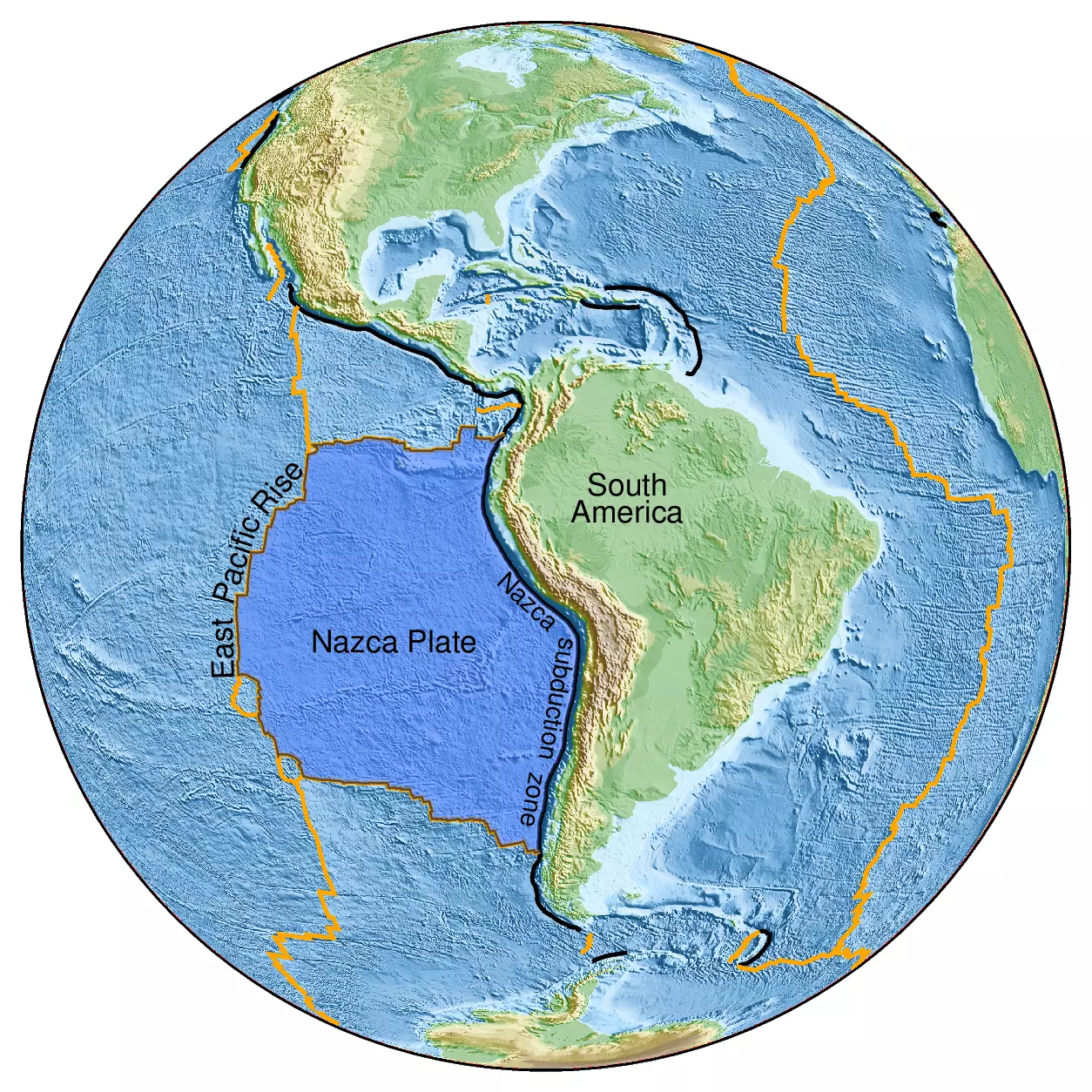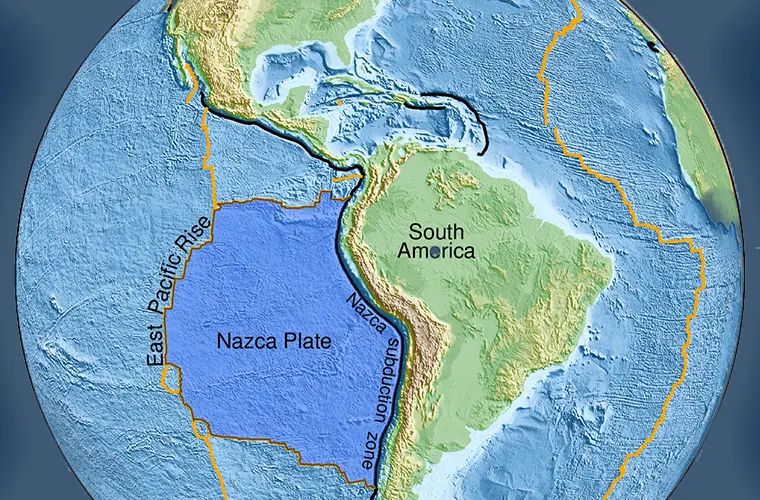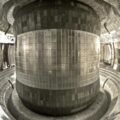In a groundbreaking discovery, geologists from the University of Maryland have uncovered a mysterious subduction zone deep beneath the Pacific Ocean. This discovery reveals a hidden chapter of Earth’s history that reshapes our understanding of the planet’s inner workings.
“This thickened area is like a fossilized fingerprint of an ancient piece of seafloor that subducted into the Earth approximately 250 million years ago,” study co-author Dr. Jingchuan Wang said in a statement. “It’s giving us a glimpse into Earth’s past that we’ve never had before.”
The discovery helps shed light on a previously unknown subduction zone located deep beneath the Pacific Ocean. This hidden tectonic boundary, buried over 250 million years ago, challenges prevailing theories about Earth’s interior structure and offers insights into how the planet’s surface has evolved over millennia.
The findings, published in Science Advances, have the potential to reshape our understanding of Earth’s deep geological processes.
The discovery was made in a region known as the East Pacific Rise, a tectonic plate boundary located on the southeastern Pacific Ocean floor. Using innovative seismic imaging techniques, the team, led by University of Maryland postdoctoral researcher Dr. Jingchuan Wang, was able to peer deep into Earth’s mantle.
Researchers uncovered a thick, previously unstudied section of seafloor trapped within the mantle’s transition zone—a layer located between the upper and lower mantles, roughly 255 to 410 miles below the Earth’s surface.
The team believes this ancient seafloor may explain anomalies in the structure of a massive region within the Earth’s lower mantle, known as the Pacific Large Low Shear Velocity Province (LLSVP). This discovery suggests that subducted slabs, like the one identified, may play a significant role in the formation and evolution of such deep-Earth structures.
Subduction zones form when one tectonic plate slides beneath another, pushing surface materials deep into Earth’s interior. While this process is well-documented at the planet’s surface—evident in earthquakes, volcanic activity, and deep ocean trenches—understanding subduction at extreme depths has remained elusive.
Traditionally, scientists studied subduction zones by examining rock samples from the surface, but Wang and his team took a different approach. By analyzing seismic waves—vibrations that travel through Earth during events like earthquakes—they could visualize the structures buried within Earth’s mantle.
Seismic imaging functions much like a medical CT scan, allowing researchers to create cross-sectional images of Earth’s interior. This method revealed that the subducted slab beneath the East Pacific Rise was moving more slowly through the mantle than expected, suggesting that Earth’s mantle transition zone may act as a barrier, slowing the movement of some materials as they sink into the planet.
“We found that in this region, the material was sinking at about half the speed we expected, which suggests that the mantle transition zone can act like a barrier and slow down the movement of material through the Earth,” Dr. Wang explained. “Our discovery opens up new questions about how the deep Earth influences what we see on the surface across vast distances and timescales.”


The implications of this discovery extend far beyond the East Pacific Rise. By providing a more detailed picture of Earth’s deep interior, the team’s findings challenge existing models of mantle convection—the process by which heat and material move within the mantle.
It also raises questions about how subducted slabs interact with other structures in the lower mantle, such as the superplumes that fuel volcanic activity at the Earth’s surface.
The research not only provides new insights about Earth but also has the potential to expand our understanding of how similar geological processes might occur on other planets in the universe.
The research team hopes to expand their seismic studies to other regions of the Pacific Ocean and beyond, mapping additional ancient subduction zones that may be hidden deep within Earth’s interior. These efforts could yield a more comprehensive understanding of how tectonic plates have shifted over time and how these shifts have shaped Earth’s surface.
“This is just the beginning,” Dr. Wang said. “We believe that there are many more ancient structures waiting to be discovered in Earth’s deep interior. Each one has the potential to reveal many new insights about our planet’s complex past—and even lead to a better understanding of other planets beyond ours.”
Tim McMillan is a retired law enforcement executive, investigative reporter and co-founder of The Debrief. His writing typically focuses on defense, national security, the Intelligence Community and topics related to psychology. You can follow Tim on Twitter: @LtTimMcMillan. Tim can be reached by email: tim@thedebrief.org or through encrypted email: LtTimMcMillan@protonmail.com

